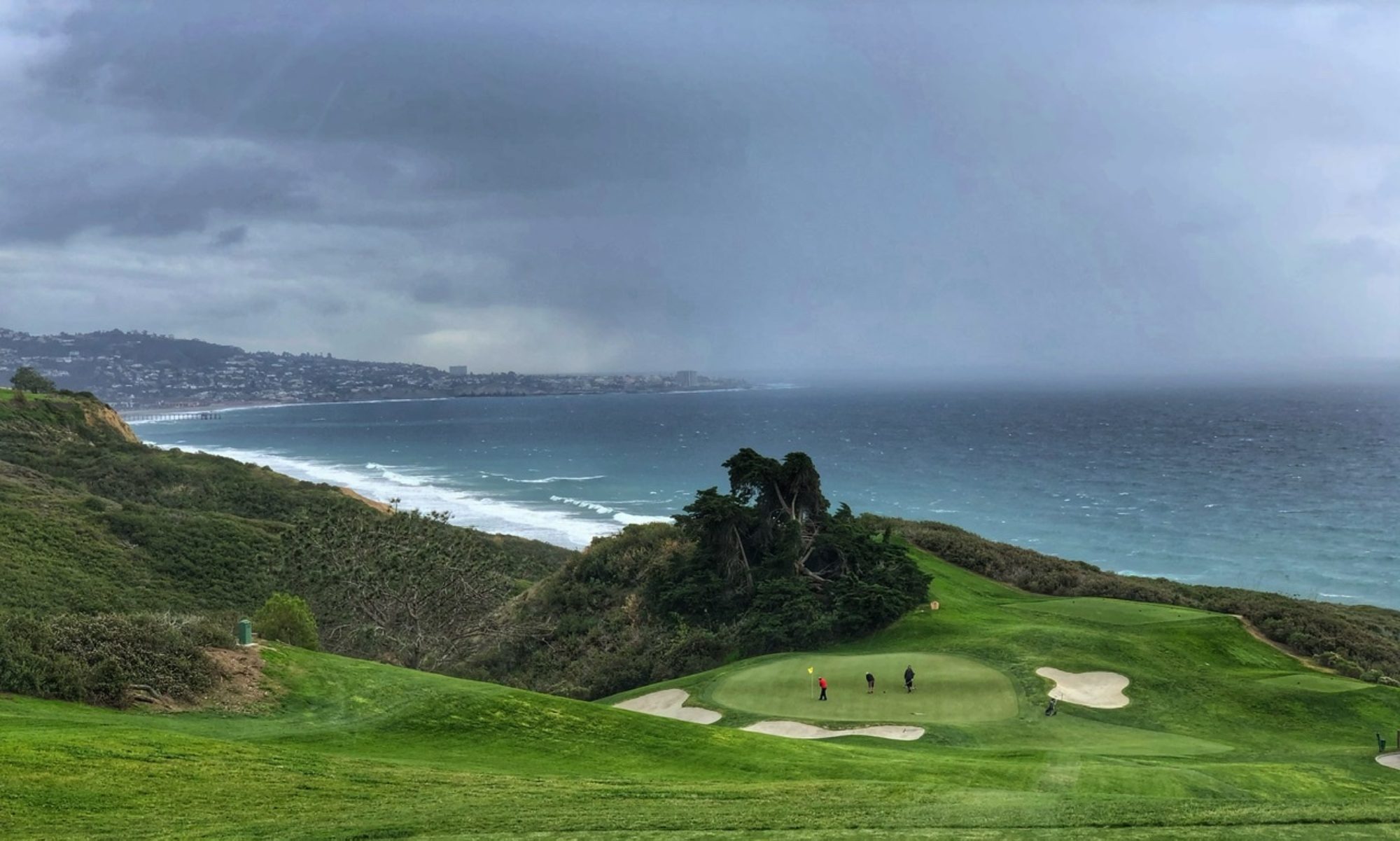Some people chase fame, fortune, or adventure. Me? I chase black-and-white cookies. Not just any black-and-white cookie, but the best black-and-white cookie. It’s a mission of love, nostalgia, and a deep appreciation for this perfect half-vanilla, half-chocolate confection. My journey has taken me from my childhood favorites to long-lost bakeries and, most recently, to a packed market in Florida where I came agonizingly close to my prize but left empty-handed.
A Love Letter to the Black-and-White Cookie
If you’ve ever bitten into a true black-and-white cookie, you know there’s something magical about it. It’s not really a cookie at all—it’s more of a cake, soft and slightly domed, with a smooth glaze of half-vanilla, half-chocolate icing. The beauty is in its simplicity and balance. There’s no need for fillings, sprinkles, or any unnecessary embellishments. It’s just pure harmony in dessert form.
For me, black-and-white cookies are more than just a treat. They are nostalgia. They are childhood. They are a connection to the past, to bakeries that no longer exist, to neighborhoods that have changed, and to a time when every bite felt like an event. Finding a truly great black-and-white cookie is like recapturing those moments, and that’s why I continue my quest.
A Bite of History: Where Did the Black-and-White Cookie Come From?
The black-and-white cookie has roots that stretch back over a century. While often associated with New York, its origins are debated. Some trace it back to Bavarian immigrants who brought over similar glazed cookies. Others attribute its rise to Glaser’s Bake Shop, a German bakery on the Upper East Side of Manhattan that opened in 1902 and sadly closed in 2018.
The cookie was popularized in Jewish bakeries throughout New York, and its fame only grew as delis and diners embraced it. The perfect black-and-white has a thin layer of fondant-like icing, not thick frosting. The vanilla side should be bright and smooth, while the chocolate side should have a rich cocoa depth—not just a sugary smear of brown. The cookie itself must be tender but sturdy enough to hold the glaze.
Seinfeld fans may remember the famous “Look to the cookie!” episode, where Jerry and Elaine discuss the black-and-white cookie as a symbol of racial harmony. And while I appreciate the cultural commentary, my love for black-and-whites isn’t political. It’s deeply personal.
The Double-Decker Black-and-White of Adventurers Inn
One of the greatest black-and-white cookies I ever encountered wasn’t a standard one at all. It was a double-decker black-and-white cookie from the bakery counter at Adventurers Inn in Queens.
Adventurers Inn was an amusement park, and like all great childhood memories, it felt larger-than-life at the time. They had games, rides, and, most importantly, an unbelievable black-and-white cookie. This wasn’t just any black-and-white. It was a two-layered marvel—double the cake, double the icing, double the joy.
The first time I saw it, I was in awe. It was as if someone had looked at a standard black-and-white and said, “This is great, but what if we made it even better?” The bottom layer had the classic glaze, and the top was a second cookie stacked on top, creating the ultimate black-and-white experience.
Sadly, Adventurers Inn closed long ago, and with it went my beloved double-decker black-and-white cookie. It remains a ghost of my childhood, an unattainable dream. But like any true black-and-white enthusiast, I refuse to believe that was the last of its kind. Maybe, just maybe, someone out there is still making them.
My Frustrating Visit to Boy’s Market in Delray Beach
Recently, my search for the best black-and-white cookie took me to Boy’s Market in Delray Beach, Florida. Word had spread that they had a truly excellent version—one worth the journey. And so, filled with anticipation, I made my way there, eager to see if it could compare to the legends of my past.
The moment I stepped into Boy’s Market, I knew I was in trouble. The bakery counter was five people thick—five people thick. It wasn’t just crowded; it was a full-on mob scene. People were jostling for position, shouting orders, and clutching their precious baked goods like they had just won the lottery.
I tried. I really did. I stood there, waiting for an opening, hoping for a moment where I could slip in, point at the black-and-white, and secure my prize. But it was hopeless. The counter was a battlefield, and I wasn’t willing to engage in open combat for a cookie.
So I left. Defeated. No black-and-white in hand. But I didn’t leave without hope. Because if a bakery counter is that crowded, it means the cookies must be that good. It means my journey is not over. It means that someday—maybe on a quieter day, in a less frenzied moment—I’ll make it back and finally get my hands on what might be one of the great black-and-white cookies of my time.
The Search Continues
My quest for the perfect black-and-white cookie is never-ending. It’s a pursuit of taste, texture, and nostalgia. I seek out bakeries, I listen to recommendations, and I remain ever hopeful that somewhere, out there, the best black-and-white cookie still awaits me.
Maybe it’s in a hidden gem of a bakery I have yet to discover. Maybe it’s tucked away in a deli where the owners have been making them the same way for 50 years. Or maybe, just maybe, someone out there is making a double-decker black-and-white, waiting to be found.
Until then, I’ll keep looking. Because some things in life are worth the chase. And for me, the black-and-white cookie is one of them.


















